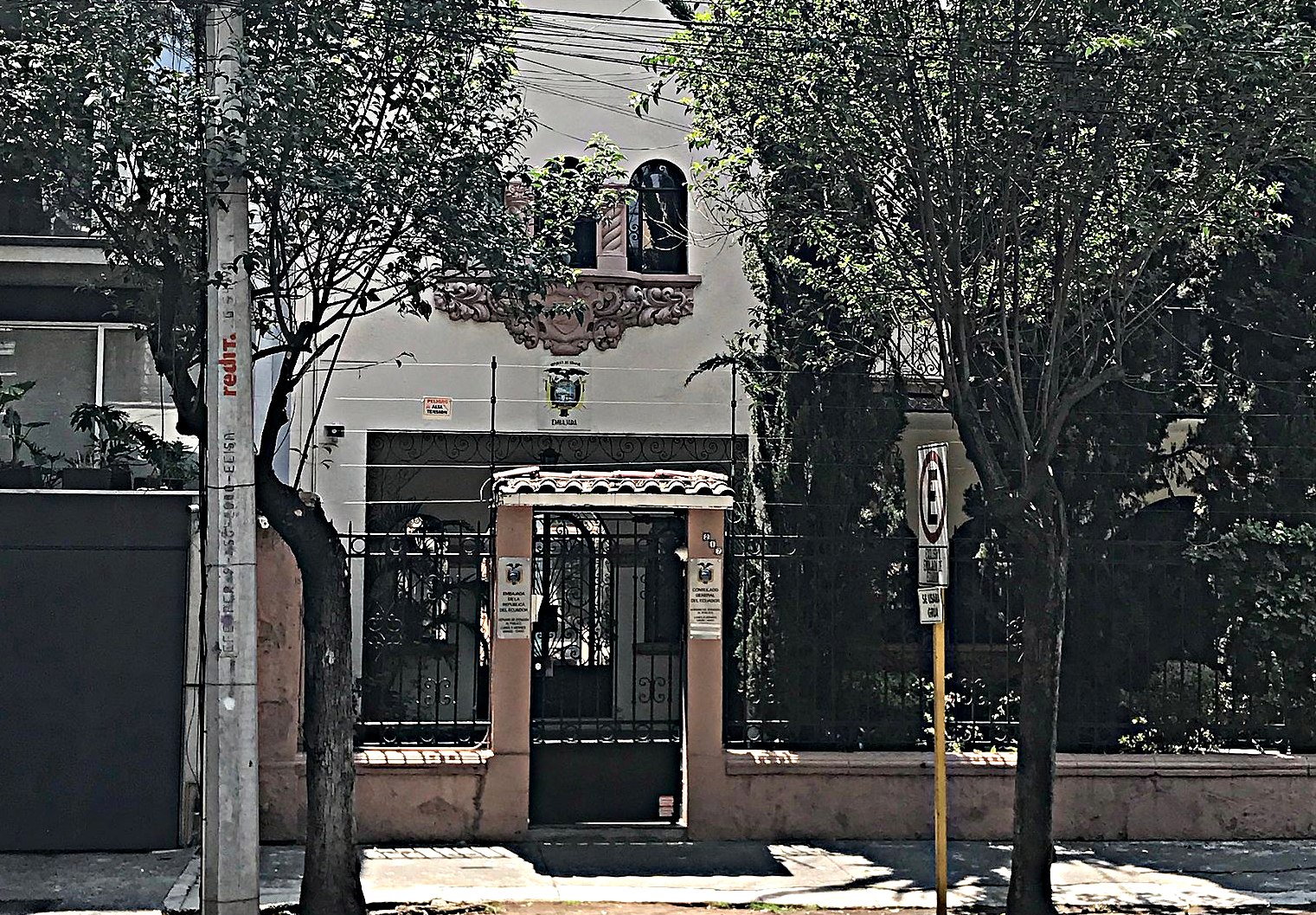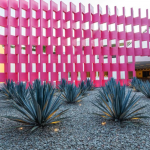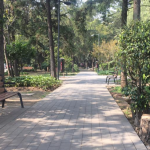
The Embassy of Ecuador is in the Polanco neighborhood like many other embassies. Just a block or so from the Parque América, the Ecuadoran embassy is central and offers the consular services travelers need. It’s also the seat of the diplomatic mission more generally.
Mexico and Ecuador may have had relations even well before the modern period. There is some evidence of coastal trade rotes between ancient peoples as early as the first century. Such evidence later includes the famous ax-monies which are recorded in the Mendoza Codex. Ax-shaped currencies originated on the Pacific coast of South America in northern Peru and Ecuador.
Colonial-era history drew the two peoples even closer together. Vicente Rocafuerte (1783–1847), the first President of independent Ecuador had been an important activist and participant in Mexico’s own independence movement. When Gran Colombia dssolved in 1830, Mexico established diplomatic relations and recognized the newly independent Ecuador. Already in 1837, Mexico even opened a consulate in Guayaquil, its first diplomatic mission in South America.
Today, the two countries are co-signatories of a number of important bilateral agreements. Trade between the countries includes, especially the importation of cocoa, sardines, crude oil, and coffee to Mexico. Ecuador buys televisions, tractors, and Mexico is the source of Ecuador’s biggest foreign investment.
The Embassy of Ecuador in Mexico City is especially important for travelers seeking any of the consular services. But it also plays an important part in many of the cultural initiatives that Ecuadoran people share with Mexico City residents and visitors.
Hours: Monday through Friday, 9 a.m. to 1:30 p.m.
 +525526242310
+525526242310
 https://www.cancilleria.gob.ec/
https://www.cancilleria.gob.ec/

Nearest at 0.17 kms.

Nearest at 0.21 kms.

Nearest at 0.22 kms.

One of Mexico City's true landmark hotels . . .

A Polanco Park dedicated to exiles from the Spanish Civil War . . .

A remarkable National Monument and School of Music . . .

A modernist church in a giant 20th century neighborhood . . .

The seat of Cuba's diplomatic mission to Mexico . . .